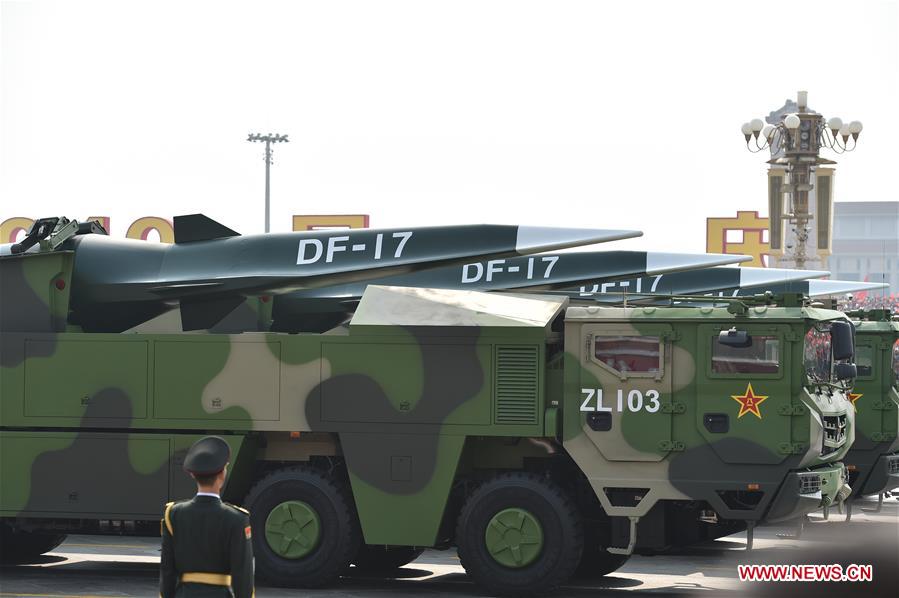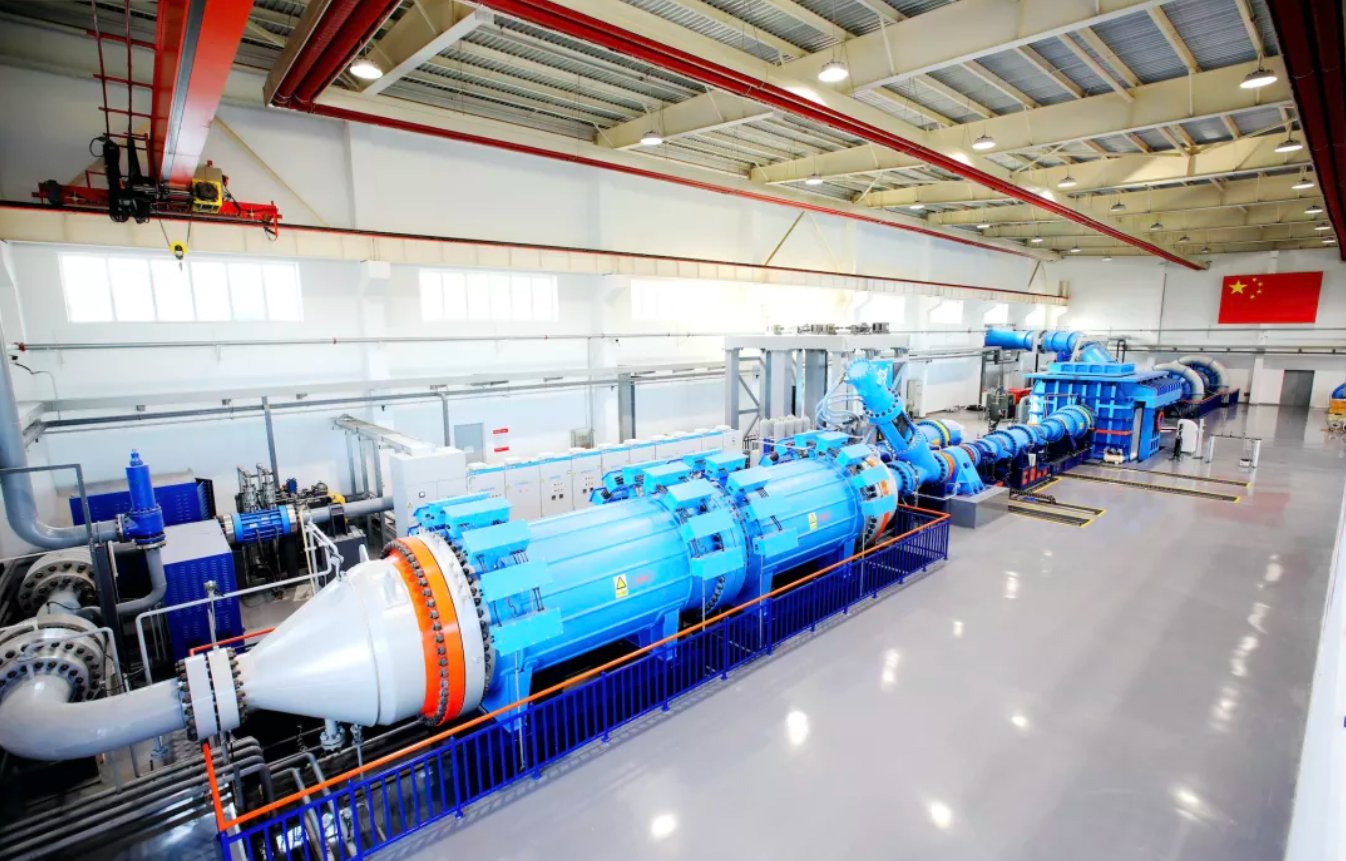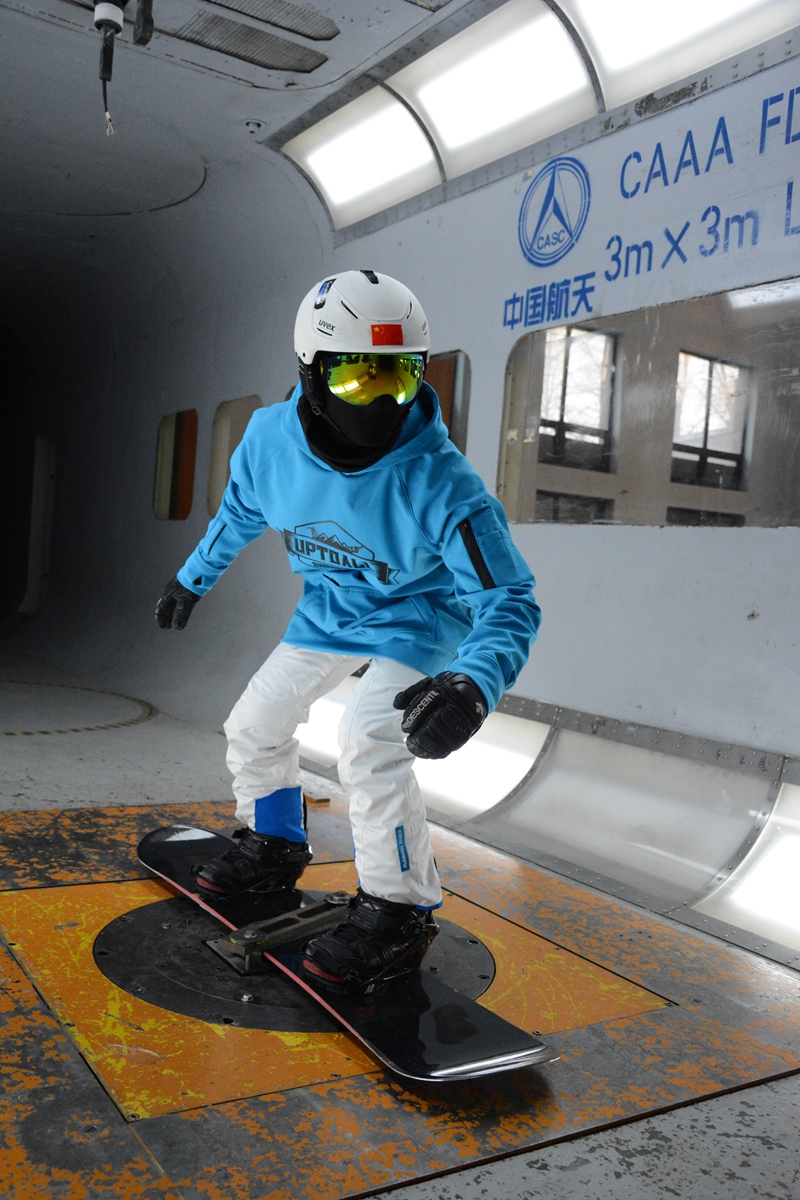China has successfully carried out a large calibration test of a one-meter hypersonic aerodynamic wind tunnel, which can simulate the air resistance encountered by a plane or missile traveling many times than the speed of sound.
MUST READ: Specifically Designed To Track ‘Unpredictable’ Hypersonic Missiles, US Military Is Ready With A New-Age Radar System
With this development, China’s quest for new-generation hypersonic missiles and aircraft is likely to accelerate. Recent claims and experiments involving vehicles and spacecraft suggest that China has stepped up its hypersonic arms race with the US in order to obtain a significant lead over next-generation technology.
The Aerodynamics Research Institute under the state-run Aviation Industry Corporation of China (AVIC) has announced the development of the new wind tunnel. Called FL-64, the wind tunnel has passed airflow distribution calibration tests under major Mach numbers and is capable of simulating the extreme speeds and temperatures encountered by hypersonic weapons.

According to a press statement issued by the institute, the new wind tunnel will be used to test the “separation and release” of weapons from hypersonic vehicles. A hypersonic glide vehicle is a maneuverable warhead that sits on the tip of a long-range missile and glides to its target on an unpredictable course, making it difficult to intercept once unleashed.
In July, China shocked the world when it test-launched a missile that flew around the globe in low-earth orbit before releasing the glide vehicle. The gliding vehicle then unleashed its own projectile, making it more difficult to counter.
Here’s the article https://t.co/XeDsOf4DLh
One thing to point out, you might be asking “cold flow, it heats to 900K”?
At Mach 8 that means a flow temp of just 65K, precisely where you design to avoid liquefying air. Not a coincidence
— Chris Combs (@DrChrisCombs) November 22, 2021
The FL-64 Wind Tunnel
The FL-64 took two years to be developed and broke construction speed records compared to similar equipment, according to the statement. The wind tunnel is big and complex as it involves hypersonic requirements, such as high temperature, pressure, and speed.
The FL-64 is twice the diameter of the institute’s first equipment, according to an AVIC statement posted on its WeChat account on November 21. FL-63 could simulate flight speeds from Mach 4 to 8 at an altitude of 48,000 meters (157,480 feet) under a total temperature of 900 Kelvin (626.85 degrees Celsius or 1160 Fahrenheit).

It can operate for more than 30 seconds, testing the aircraft’s hypersonic capabilities, including the separation and deployment of weapons from aircraft.
The FL-64 intends to tackle critical aerodynamic challenges faced by various aircraft, and it will become another major instrument in assisting the development of hypersonic weapons and equipment, with a foothold to serve China’s aerospace goals.
The JF-22 Wind Tunnel
As previously reported by EurAsian Times, China is also constructing a JF-22 hypervelocity wind tunnel capable of simulating Mach 30 speed. The facility is planned to be completed by 2022 and will contribute to the country’s hypersonic aircraft and aerospace program.
The tunnel, along with an existing machine in Beijing, “would put China around 20 to 30 years ahead of the West,” said Chinese Academy of Sciences scholar Han Guilai.
The JF-12, China’s first hypersonic wind tunnel, was completed in 2012. It can simulate flight speeds ranging from Mach 5 to Mach 9. Beijing is said to have benefited from this tunnel’s assistance with key aviation and space operations.
The active JF-12 wind tunnel has boosted the ground tests for the country’s most advanced J-20 stealth fighter jet and the DF-17 medium-range hypersonic missile, besides other aircraft, spacecraft, and missiles.
However, the use of these wind tunnels is not confined to weapons development alone. China is also using them to prepare Chinese athletes for major international championships and tournaments.
According to the General Administration of Sport of China, a new wind tunnel devoted specifically to the sport was created in Beijing last year to aid in improving performance in international events, including the 2022 Winter Olympic Games to be held in China.

The country’s first self-developed sleighs with enhanced capabilities reportedly have been carried out with the support of aeronautical technologies, and they are set to debut in the 2022 Winter Olympics. Athletes use these wind tunnels in their daily training to enhance their performances.
US Vs China In Hypersonic Tech
The United States continues to lead in wind tunnel projects, with China coming in second. In the past six decades, AVIC and its affiliate ARI have constructed around a dozen tunnels.
The US also announced in August that a hypersonic technology testing center would be built at the Purdue Aerospace District. “Two independent testing streams that handle 3.5-5.0 Mach range tests and tests in the 4.5-7.5 Mach range” will be offered at the proposed facility.
As reported by Asia Times, America’s most advanced wind tunnel is the LENS II (Large Energy National Shock Tunnels), which is capable of recreating Mach 3 to 9 flights for up to 30 milliseconds.

America’s top military brass admit that their hypersonic weapons research program lags behind that of China. According to Air Force Gen. John Hyten, the US has undertaken nine hypersonic tests in the past five years, whereas China has launched hundreds.
China already possesses hundreds of nuclear-capable ballistic missiles, each of which is capable of launching up to a dozen warheads at various targets, effectively overwhelming US defenses. According to military observers, Beijing’s goal seems to be to build innovative weapons and delivery systems in order to maintain its competitive advantage. However, the United States appears to be preparing for any eventuality in the future.
Pentagon picks Northrop, Lockheed, Raytheon to develop hypersonic defense : to develop a glide phase interceptor that would be guided by a constellation of satellites and sensors to intercept a hypersonic missile https://t.co/dDlyDNEA8f
— Yusuf Unjhawala ?? (@YusufDFI) November 20, 2021
The US Missile Defense Agency recently awarded contracts to Raytheon Technologies, Lockheed Martin and Northrop Grumman to develop prototypes of systems to eliminate hypersonic glide vehicles as they descend.
- Penned By EurAsian Times Editorial Desk
- Contact the desk at edesk@eurasiantimes.com
- Follow EurAsian Times on Google News




